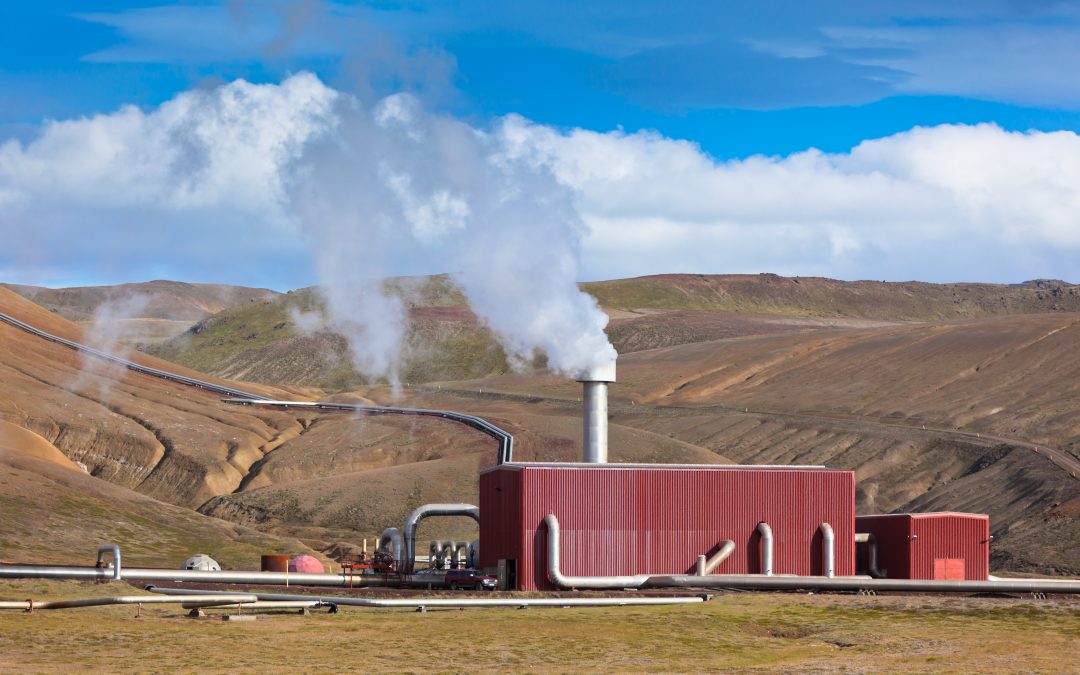In the pursuit of sustainable energy solutions, both solar and geothermal energy offer promising alternatives to traditional fossil fuels. However, when it comes to efficiency and environmental impact, solar energy emerges as the clear frontrunner. At Renewable Energy Corporation, we’re passionate about advocating for solar power as the superior choice for a cleaner, greener future. Discover more as we delve into the comparative advantages of solar energy over geothermal:
Efficiency
Solar energy systems harness the abundant power of sunlight to generate electricity, making use of photovoltaic (PV) panels or concentrated solar power (CSP) technologies. These systems can be installed virtually anywhere with access to sunlight, from rooftops to vast solar farms. Solar panels have a high energy conversion efficiency, with modern PV modules achieving efficiency rates of over 20%.
In contrast, geothermal energy relies on tapping into heat stored beneath the Earth’s surface. While geothermal power plants can provide a consistent baseload of electricity, their efficiency is limited by geographical constraints and resource availability. Extracting heat from the Earth’s crust requires drilling deep wells and may involve significant energy losses during transmission.
According to the U.S. Department of Energy (DOE), solar energy has experienced exponential growth in efficiency and affordability, outpacing other renewable energy technologies in recent years.
Environmental Impact
Solar energy is renowned for its minimal environmental footprint. Unlike fossil fuel extraction and combustion, solar power generation produces no greenhouse gas emissions or air pollutants. Solar panels have a relatively low impact during manufacturing, and with proper recycling initiatives, their end-of-life disposal can be managed sustainably.
In contrast, geothermal energy extraction may involve drilling into the Earth’s crust and injecting fluids to extract heat, posing potential risks of seismic activity, subsidence, and groundwater contamination. Additionally, geothermal power plants may release trace amounts of greenhouse gases and harmful substances such as hydrogen sulfide during operation.
Land Use and Habitat Preservation
Solar energy systems require relatively little land area compared to geothermal power plants. Solar panels can be installed on rooftops, parking lots, and degraded land, minimizing habitat disruption and preserving natural ecosystems. Moreover, solar farms can coexist with agricultural activities, providing additional income streams for landowners.
Geothermal power plants, on the other hand, may require extensive land clearance for drilling operations and infrastructure development. Large-scale geothermal projects can have significant impacts on local landscapes and biodiversity, potentially disrupting sensitive habitats and ecosystems.
The National Renewable Energy Laboratory (NREL) conducted a comparative analysis of land use requirements for solar and geothermal energy development, finding that solar energy exhibits lower land use intensity and greater compatibility with land conservation objectives.
While both solar and geothermal energy hold promise as renewable alternatives to fossil fuels, solar energy emerges as the front runner in terms of efficiency, environmental impact, and land use considerations. At Renewable Energy Corporation, we’re committed to harnessing the power of the sun to create a more sustainable and resilient energy future. Embrace solar energy as the optimal choice for powering our world while preserving the planet for generations to come.
Are you interested in joining the shift to renewable energy?
While there are logistical issues in making the change, we can solve them all for you, easily and economically. Contact Us at Renewable Energy and we’ll show this can be done to your advantage.


Recent Comments